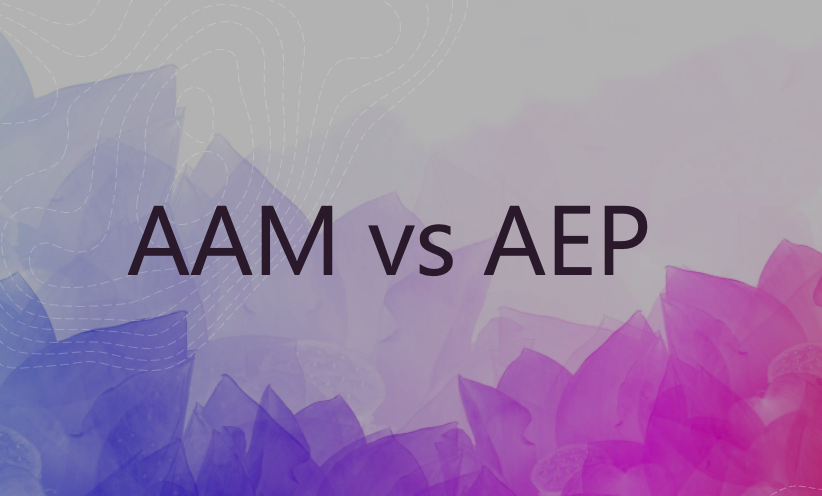
Adobe Audience Manager vs Adobe Experience Platform: Understanding the Differences
CDP
28 August 2023
Adobe’s suite of tools has long been a favorite among digital marketers and businesses aiming to offer enhanced customer experiences. Two tools that often come up in discussions are Adobe Audience Manager (AAM) and Adobe Experience Platform (AEP). While both tools offer comprehensive solutions, they serve distinct purposes. This article will explore the primary differences between AAM and AEP.
Adobe Audience Manager (AAM)
Overview: AAM is Adobe’s Data Management Platform (DMP). It focuses on first-party data collection and helps brands build audience profiles based on user behaviors, preferences, and loyalty.
Key Features:
- Data Integration: Collects data from various sources including web, mobile, CRM, and even offline channels.
- Audience Segmentation: Users can create specific audience segments to target with tailored content.
- Look-alike Modeling: Helps identify potential customers that resemble your current audience, optimizing ad spend.
- Integration with Ad Platforms: Seamlessly integrate with various advertising platforms for targeted ad campaigns.
Adobe Experience Platform (AEP)
Overview: AEP is a more holistic customer experience management solution. It combines the features of a DMP with a Customer Data Platform (CDP), focusing on real-time data to provide a complete view of the customer journey.
Key Features:
- Unified Customer Profile: Real-time data processing allows for a comprehensive view of the customer, updating profiles in real-time.
- Data Science Workspace: A dedicated space for data scientists to build, train, and deploy machine learning models.
- Open and Extensible: Offers APIs for customization and third-party integrations.
- Real-time Customer Engagement: Facilitates interactions with customers in real-time across different channels.
Comparison: AAM vs AEP
- Purpose: While AAM is more focused on audience segmentation for advertising, AEP provides a broader view of the customer journey.
- Data Handling: AAM primarily deals with first-party data, whereas AEP can handle real-time data from various sources.
- Flexibility: AEP offers more extensibility and customization options than AAM due to its open architecture.
- Integration: AAM is mainly integrated with advertising platforms, while AEP provides a broader range of integration with marketing, CRM, and more.
Conclusion
Choosing between Adobe Audience Manager and Adobe Experience Platform largely depends on your business needs. If your primary goal is targeted advertising with first-party data, AAM might be the tool for you. However, if you’re looking for a more comprehensive customer experience solution that offers real-time insights and more extensive integration capabilities, then AEP is worth considering.
As always, it’s crucial to understand your business goals and requirements before investing in any tool. With either choice, Adobe’s suite ensures that you’re equipped to provide top-notch customer experiences.


